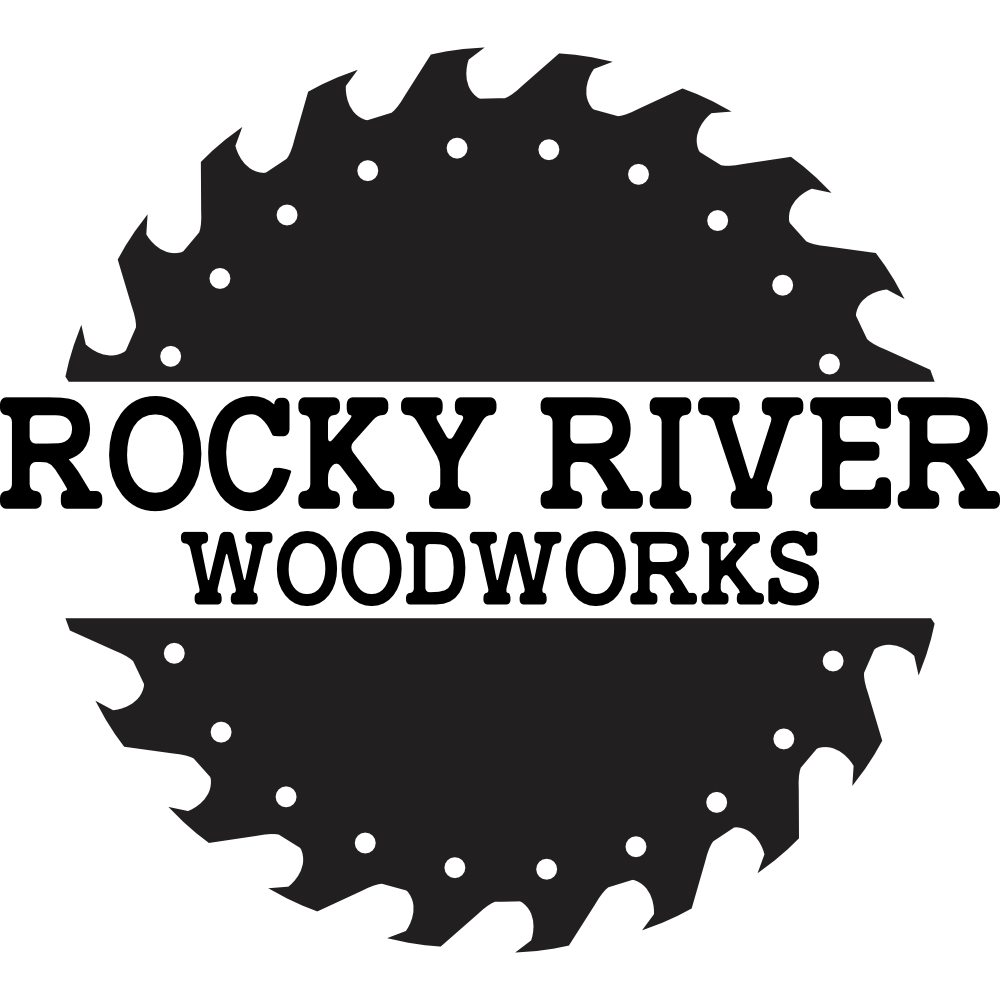Why Cedar Is An Excellent Choice For Outdoor Use
Making wooden projects that will spend the majority of their lives outdoors can be intimidating. Usually we as woodworkers rely on climate control, shade, and shelter to protect our finished projects. We assume that the piece will be viewed as valuable by others as we view them. However, when projects are placed outside, they face a whole new set of challenges that aren’t necessarily caused by humans…the outdoors. Natural elements such as the wind rain, along with insects and even the sun can cause our furniture to withstand differently in an outdoor setting.
Selecting materials and their usages for outdoor pieces is a more thought-out process than indoor pieces. With indoor pieces, we usually select materials based on color contrast…and that’s it. Usually the durability and longevity isn’t as crucial as most hardwoods will sustain their life inside. Outdoor material selection gets narrowed and we normally choose from a small group. The group of materials I would consider “commonly found” in outdoor wood furniture consists of Teak, Cedar, Pine (if pressure-treated), Cypress, Mahogany, and White Oak. While all of these are excellent choices, there stands issues with each. For example, Teak, Cypress, White Oak, and Mahogany can become quite expensive (like with any hardwood). Some of those may be affordable but are hard to source locally. Pressure treated pine is available locally but can be difficult to stain/finish if it’s still wet or green. Cedar, however, is the rockstar. Cedar is available locally (at almost every big box store) and is affordable. While some stores may not sell Cedar in dimensional products, they usually sell Cedar fence pickets and Cedar posts. Both of which, depending on your area, and rather cheap in price.
So, why else is Cedar the perfect material to use for outdoor furniture pieces? Well, it’s a softwood and is really easy to work with. The density of Cedar is rather low and can be machined well with saw blades, router bits, and drills; yet hard enough to sustain the outdoor beating. Cedar is also a reddish-brown color that can be visually appealing, especially when finished with an enhancing sealer or varnish. The finish brightens the Cedar grain and figure, which is something most people love. Cedar is also highly resistant to insects and moisture.
There is one negative side of use Cedar. Over time, after being repeatedly exposed to the elements, Cedar can indeed change color…and not in a good way. That bright, beautiful red color can change to a dull gray color. This normally doesn’t deter me from using Cedar though because almost every other wood material on the “outdoor usage” list will be susceptible to a similar negative side effect. The durability, appearance, sustainability, affordability, and availability of Cedar are all positive reasons to use this material, which for me, outweigh the negatives.
While I am not trying to pressure you to use Cedar or be a Cedar wood salesman, I do think it’s a great choice to consider when selecting material for your next outdoor wood furniture project.
